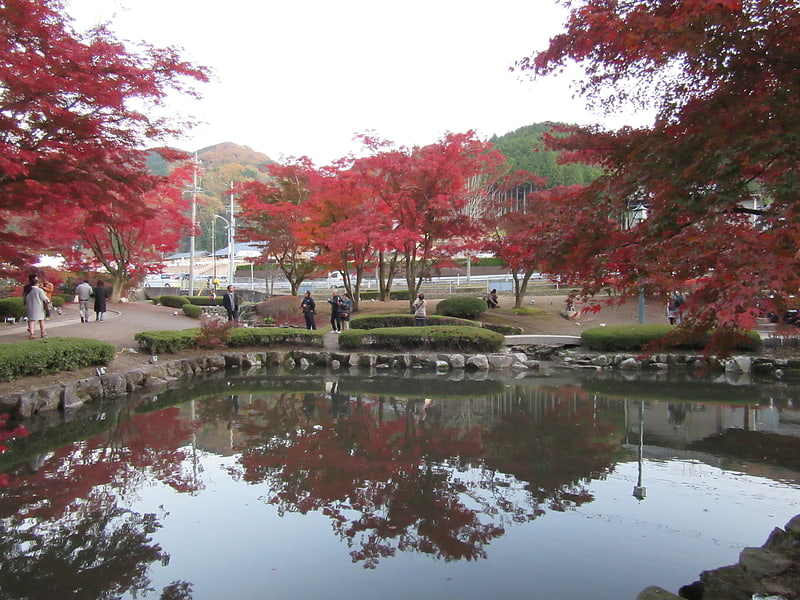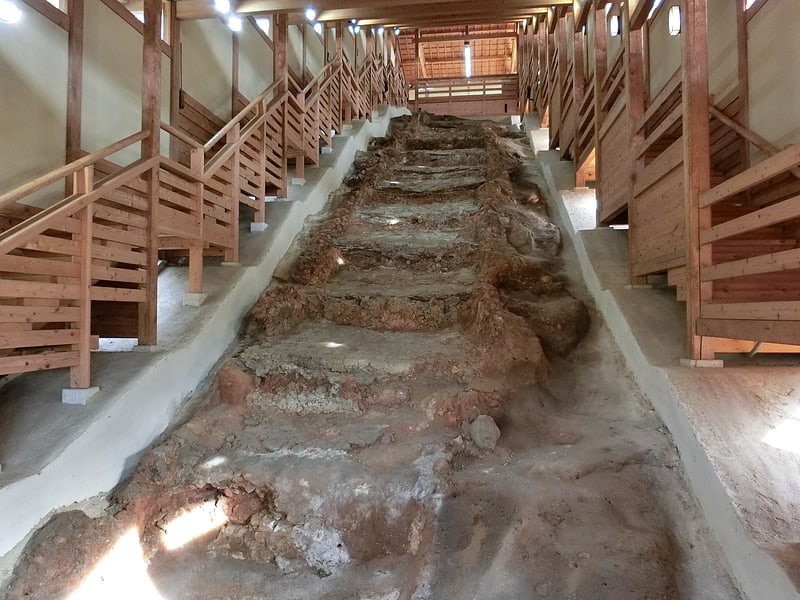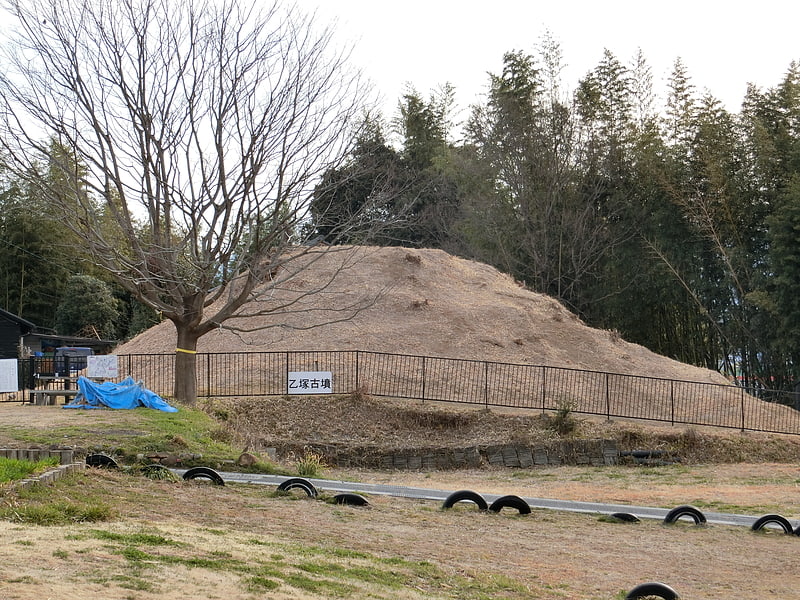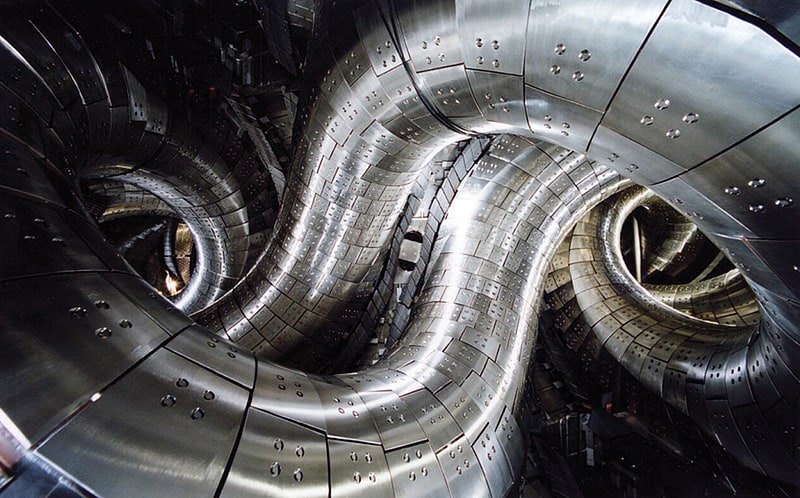Discover 4 hidden attractions, cool sights, and unusual things to do in Toki (Japan). Don't miss out on these must-see attractions: Sogi Park, Motoyashiki Pottery Kiln Site, and Otozuka Kofun - Danjirimaki Kofun. Also, be sure to include LHD in your itinerary.
Below, you can find the list of the most amazing places you should visit in Toki (Gifu).
Table of Contents
Sogi Park

Sogi Park is a park located in Toki, Gifu Prefecture, Japan.
Sogi Onsen (Baden Park SOGI) is adjacent.[1]
Motoyashiki Pottery Kiln Site

The Motoyashiki Pottery Kiln Site is an archaeological site containing late Sengoku to early Edo period kilns located in the Izumi neighborhood of the city of Toki, Gifu in the Chūbu region of Japan. The ruins were designated a National Historic Site of Japan in 1967. Many of the pottery shards excavated from this site have been collectively designated as National Treasures or National Important Cultural Property of Japan.[2]
Otozuka Kofun - Danjirimaki Kofun

Otozuka Kofun - Danjirimaki Kofun is a pair of kofun burial mounds located in the Izumi neighborhood of the city of Toki, Gifu in the Chūbu region of Japan. The two tumuli were collectively designated a National Historic Site of Japan in 1938.[3]
LHD

The Large Helical Device is a fusion research device in Toki, Gifu, Japan, belonging to the National Institute for Fusion Science. It is the second largest superconducting stellarator in the world, after the Wendelstein 7-X. The LHD employs a heliotron magnetic field originally developed in Japan.
The objective of the project is to conduct fusion plasma confinement research in a steady state in order to elucidate possible solutions to physics and engineering problems in helical plasma reactors. The LHD uses neutral beam injection, ion cyclotron radio frequency (ICRF), and electron cyclotron resonance heating (ECRH) to heat the plasma, much like conventional tokamaks.[4]